Bhutan’s first botanical park in Lamperi, a one-hour drive from Thimphu, is spread across 47-square-km of vegetation that changes from oak, magnolia and birch trees draped in moss and ringing to the sounds of birds to mixed conifer, fir and temperate forests with hundreds of species of fauna.
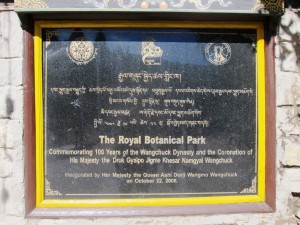
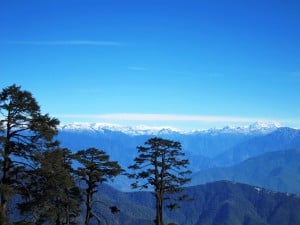
The park is an area of high conservation value and boasts of the most exquisite trekking and cycling routes in the country. Complete with viewpoints, lakes, boating facilities, a cafeteria and outdoor camping spaces, the 47-square-km park is at the tri-junction of three mountain ridges – Sinchula, Helela and Dochula. The park also forms the core of the corridor connecting Jigme Dorji Wangchuck National Park in the east and Jigme Singye National Park in the west.
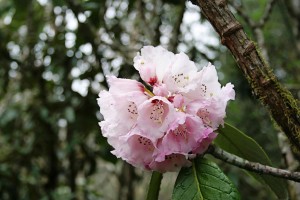
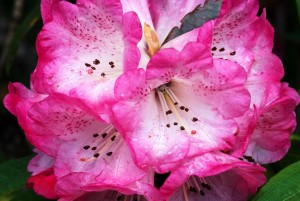
However, the main highlight of the Lamperi botanical garden is the rhododendrons. All 46 species of rhododendrons that grow all over Bhutan can be found in the park. Some of the species planted a few years ago before the park was formally inaugurated by Her Majesty the Queen Mother on April 13, 2013, are now in full bloom. Lamperi was declared a botanical park because of its rich eco-system diversity. Also, many endemic species are found in the area.
Some of the rare and endangered wildlife species found in the park are the monal pheasants, blood pheasants, musk and barking deer, tigers, leopards, red pandas and wild cats. Just the floristic richness recorded in the park zone totals over 300 species.
Bhutan, with more than 70% of land under forest cover, is gifted with great biodiversity. And this park has been one of the many efforts of the country’s commitment to conservation.
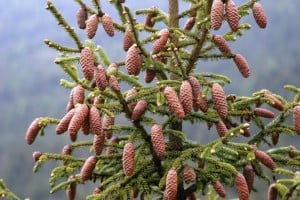
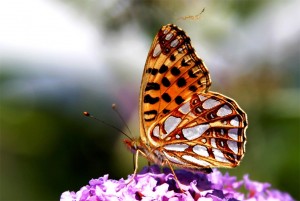
According to park officials, the protection of this biological corridor will not only help manage meta-populations of species but also help conserve its natural ecology, animal behavior and the gene flow of species. The area in just over two years has developed into an outstanding locale for eco-tourism and nature education. There are talks in the pipeline to build more of such park in the country.
Meanwhile, yak herders descend to the park from higher altitudes in the winter to graze their livestock. Their nomadic culture and lifestyle and the opportunity present to interact with them on a personal level has in addition been a major draw for visitors to the park.
So, whether you are on an excursion, or you’re trekking or cycling you can rest assured that time will stand still while you experience the Bhutanese wild in its pure, wildest form.

